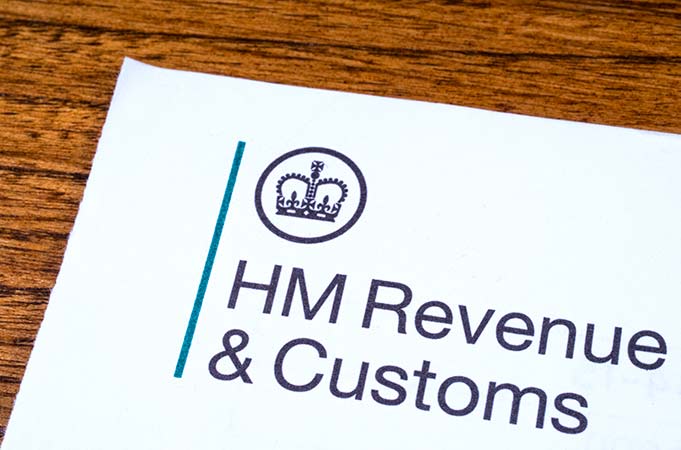1st December 2020 saw the return of Crown Preference, giving certain debts owed to HMRC a preferential ranking on insolvency. The changes were due to be implemented in April 2020 however, following delays, have now been introduced across the UK from the beginning of this month instead. The Finance Act 2020 has incorporated legislation to effect the change.
What is crown preference?
Previously abolished by the Enterprise Act 2002, Crown Preference gives Her Majesty’s Revenue & Customs (“HMRC”) secondary preferential status to certain tax claims upon insolvency. This means that, with Crown Preference in effect, priority will be given to such tax claims over floating charge holders and unsecured creditors, where previously such claims would have ranked as unsecured, non-preferential debts.
It is anticipated that HMRC will be able to increase tax revenue drastically by virtue of the reintroduction of Crown Preference on all insolvencies commencing on or after 1st December 2020,
Which debts are covered by Crown Preference?
Crown Preference does not apply as a blanket rule to all debts owed to HMRC. The following are examples of HMRC debts which have been given secondary preferential status on insolvency from 1st December 2020:
- Pay as you earn (PAYE);
- Employee National Insurance contributions;
- Value added tax (VAT)
- Student loan repayments.
- Construction Industry Scheme deductions
Taxes collected directly from a company will not be impacted and, therefore, in respect of all other debts owed, HMRC’s ranking as an unsecured non-preferential creditor will not change.
What is the impact of this on debtors?
The willingness of creditors to lend will likely wane as a result of the changes now in place. Prospective debtors may find it increasingly difficult to leverage further borrowing due to a diminishing availability of willing creditors. This impact will likely be felt the hardest by smaller businesses, often deemed less credit worthy from the outset and for whom the granting of multiple fixed charges is not always a viable option.
What is the impact of this on creditors?
Ultimately, this change will come at the expense of floating charge holders and unsecured creditors, who will find that any assets which previously would have been available to satisfy their claims under the previous rules, will now have been further diluted by select HMRC claims. It is worth noting that the changes apply to floating charges predating 1st December 2020, as well as those granted after the relevant date.
As a result, creditors should ensure to put more extensive checks in place surrounding the tax status of both existing and prospective debtors in an effort to effectively assess risk and ensure the impact of the changes does not come as a shock upon insolvency.
For more information on this or any other insolvency and restructuring matters, contact Niten Chauhan by email on nchauhan@jpclaw.co.uk or telephone 020 7644 7263 or connect with him on LinkedIn, or Andrew Morgan by email on amorgan@jpclaw.co.uk or telephone 020 7644 6303 or connect with him on LinkedIn.



